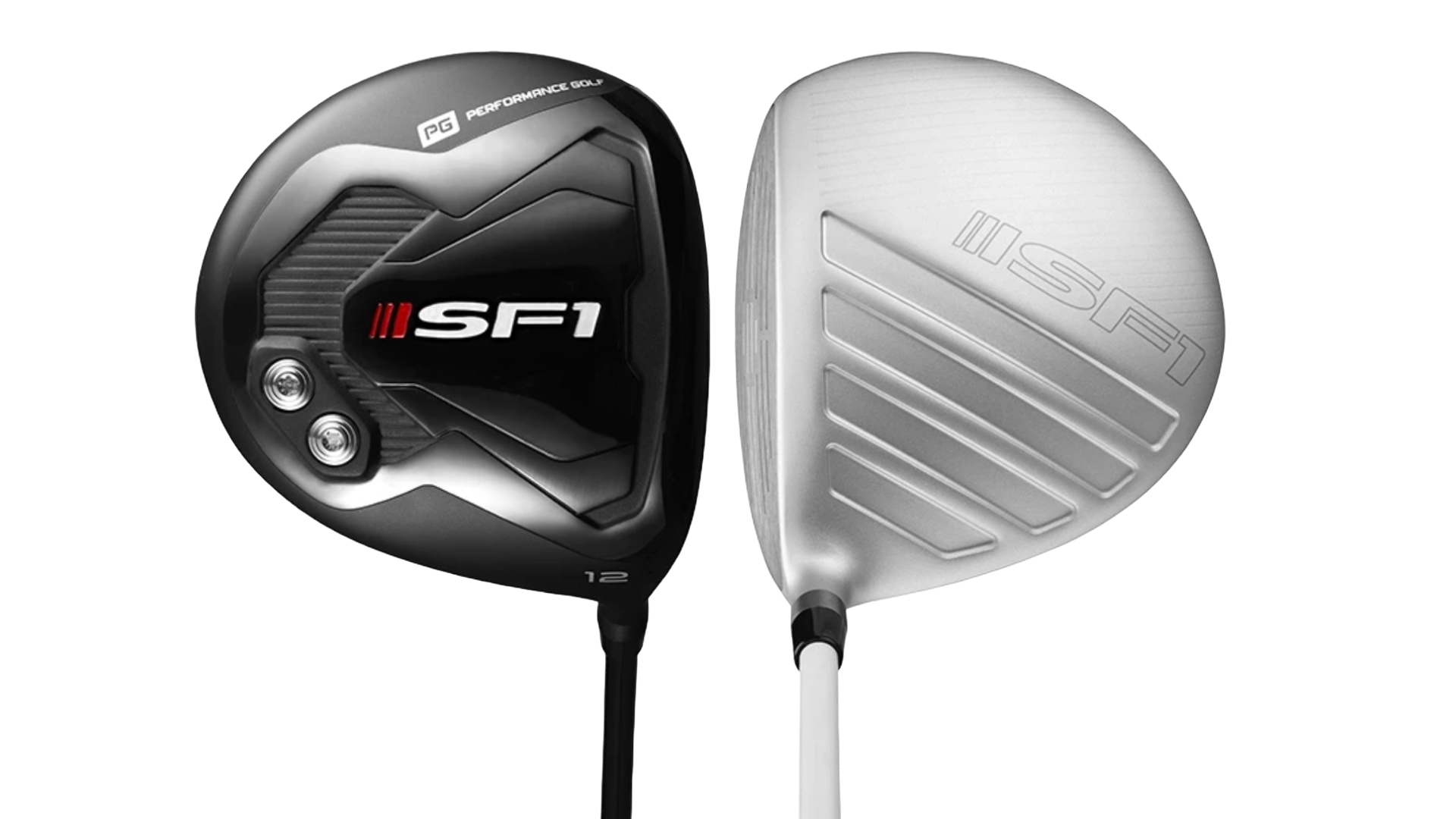
The golf driver is often the hardest club in the bag for beginners to fully wrap their head around and use effectively.
It’s a long club with low loft and at times, seems nearly impossible to control. The good news is that there are helpful tricks, adjustments and equipment that make hitting the driver and stopping the slice easier than ever.
Hitting the ball with a golf driver can feel intimidating at first, but once you implement these tips, you’ll be hitting the ball with confidence off the tee every time!
The Best Type of Golf Driver for Beginners
There are a few important factors that all beginners should be looking for in a golf driver. It’s important to keep in mind that the driver used by a beginner will likely be quite different from the driver used by a professional who has more experience using this club. So if you’re looking to the pros for guidance, just keep that in mind when shopping around or working on your golf swing.
Let’s cover the main components of the club when looking into the best golf driver for beginners.
A Higher Loft
The bottom line about loft: the more loft a driver has, the easier it is to hit.
You’ll hit the ball slightly higher, it will go straighter without losing distance. Most beginners should be looking for a driver loft in the 10.5 to 12 degree range for the most success.
The Correct Golf Shaft
The best golf shaft for your game is determined based on swing speed. The faster you swing the club, the stiffer the shaft you need. Many golf complete sets for beginners come with lightweight and flexible shafts.
This doesn’t work for all players, however. Everyone is different, and every swing is unique. Analyzing your swing speed can definitely help you determine what golf driver is right for you.
A Forgiving Clubhead
The driver clubhead should be very forgiving for beginner golfers. Look for something with a large sweet spot that can accommodate a variety of shots all across the face. As a beginner golfer, you will very quickly learn that golf is a game of misses, but that those misses don’t have to make or break your game. It’s important to keep your mental game in check, and strike the ball with confidence!
If your misses are just a few yards off the fairway, you can still have a great round of golf. A golf driver like the SF1 Driver is built to help amateur golfers square the clubface naturally.

Hitting a straight shot is tough, so choosing the right equipment to work for your needs is as important part of the golf game as any!
Most Common Struggles for Beginners With the Driver
The most common struggle for beginners with the driver is the dreaded slice, but there are also a few other mishaps that commonly plague beginner golfers. With the right equipment and a few golf swing techniques, these struggles can quickly and easily be overcome.
Slicing the Driver
If the clubface of your driver is open at impact, you will hit a slice shot. There are a few reasons this could happen, but for many beginner golfers, it’s because the club is coming down on the wrong path, typically over the top.
Working on slow motion swings and learning how to swing from the inside will help with your driver and every other club in your bag.
We have lots of blog posts, YouTube videos and training videos to help you fix your slice. It’s up to you which works best for you, but don’t worry; there’s no shortage of help here at Performance Golf!

Popping It Up
If you are hitting the ball with the driver straight up in the air, check to make sure that you don’t have the ball too far forward in your stance. In addition, the tee height should be about a half of the ball above the top of the clubhead; if it’s more than this, you may be teeing it too high.
To ensure you’ve got the correct ball position for every club in the bag, check out this post.
Topping the Shot
Many beginner golfers top the ball, which is when the club hits the top of the golf ball with the bottom of the driver instead of hitting it on the face. Many times, a topped shot is a result of an incorrect swing path or poor weight distribution.
As you turn through your driver to make solid contact, make sure your weight is transferring to your lead side. Contact with the driver happens when weight is on this lead foot. Just by making this simple adjustment, you’ll start hitting the center of the face.
Hitting Line Drives
If you aren’t getting the proper ball flight on your drives, there are two things to check. The first is the ball position. Many golfers who hit a line drive type shot have the ball too far back in their stance.
The second thing to check is your driver’s loft. If the loft is too low for you (typically, slower swing speed beginners need a higher loft), then you may not get a high enough ball flight.
The longer your drives stay in the air, the further they will go. Although that line drive looks like it runs for a long time, it’s not the best shot you could be hitting.
The Best Golf Driver Drills for Beginners
We suggest working on a few specific drills to get your driver dialed in. While they may not seem as exciting, working on drills is often easier than working on swing mechanics, because you can do less thinking and more consistent practicing. Getting these motions in check will become second nature, and will help you on the course automatically.
Alignment Stick Driver Drill
The golf club path is one major issue that could need fixing if you’re a beginner struggling with slicing the golf ball. With this drill, you’ll place two alignment sticks in the ground and swing back and then through without hitting them. Do this in slow motion first until you have the motion down. You can watch the full drill breakdown below.
Loosen the Arms
Golf beginners tend to accumulate tension in their arms, often caused by too many swing thoughts and anxiety about where the golf ball will end up. If you can loosen some of that tension, as shown in this video by golf legend Sir Nick Faldo, your chance of generating straighter and longer shots is significantly increased.
Hit Longer Drives with Confidence
At this point, you should have some motivation to get out to the driving range and start working on these golf driver swing fixes. Don’t be discouraged by a few poor shots; this is the hardest club in the bag to hit. If you put in the time, you’ll eventually get it figured out and start hitting the center of the fairway.
Don’t forget to check out the SF1 Driver, which can fix your slice without the need to work on drills or driver adjustments. Just set up, swing, and watch your slice turn into a straight shot or baby draw, easy!

